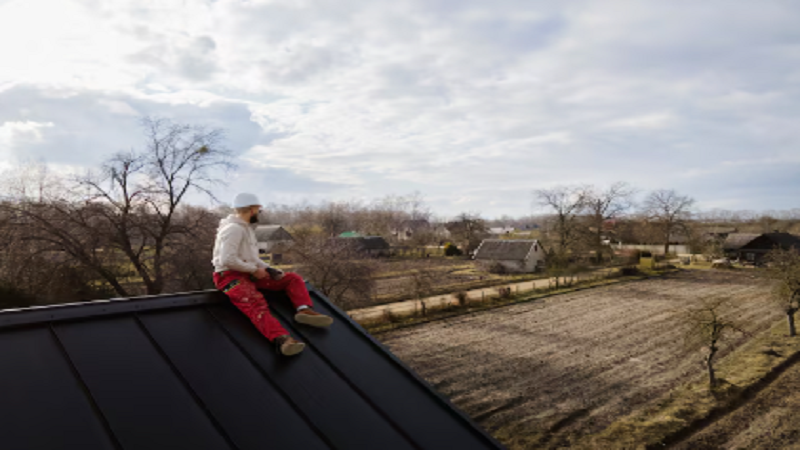Gutters are designed to quietly and efficiently move rainwater away from your home, but when they overflow, they send a loud warning signal that something is wrong. Overflowing gutters aren’t just an inconvenience, but they can be the first sign of significant issues that threaten your roof, foundation, and overall property value. Understanding why gutters overflow and what to do about it can save you from costly repairs down the road.
What Causes Gutters to Overflow?
-
Clogged Gutters
The most common cause of overflowing gutters is debris buildup. Leaves, sticks, and dirt can block water flow, forcing rain to spill over the sides.
-
Improper Slope
If your gutters aren’t angled correctly, water won’t drain toward the downspouts efficiently, leading to pooling and overflow.
-
Inadequate Gutter Size
Small or undersized gutters may not handle heavy rainfall, especially in regions prone to storms. Upgrading to larger or seamless gutters can fix this problem.
-
Blocked Downspouts
Even clean gutters can overflow if the downspouts are clogged, causing water to back up.
Why Overflowing Gutters Are Dangerous
Roof and Fascia Damage
When water pours over the edge, it can rot your fascia boards, damage shingles, and eventually lead to roof leaks.
Foundation Issues
Overflowing gutters direct water toward your home’s base, saturating the soil and potentially causing foundation cracks, basement flooding, or structural shifting.
Mold and Mildew Growth
Excess moisture creates the perfect environment for mold to grow, which can lead to indoor air quality problems and expensive remediation.
Landscape Erosion
Overflow can wash away mulch, soil, and plants, diminishing your curb appeal and requiring costly re-landscaping.
People Also Ask: How Do You Fix Overflowing Gutters?
- Clean Regularly: Remove debris at least twice a year, or more often if you have trees nearby.
- Check the Pitch: Ensure gutters are properly sloped toward downspouts.
- Install Gutter Guards: These prevent debris from entering the gutter system.
- Inspect Downspouts: Make sure they are clear and extend water away from the foundation.
- Consider Upgrading: Seamless or oversized gutters are better equipped for heavy rain.
The Cost of Ignoring the Problem
What starts as an overflowing gutter can quickly escalate into thousands of dollars in repairs, from roof replacement to foundation work. Proactive maintenance is significantly cheaper than fixing water damage after the fact.
Conclusion
Overflowing gutters are a red flag that your home’s drainage system needs attention. Left untreated, they can cause major damage to your roof, foundation, and landscaping.

